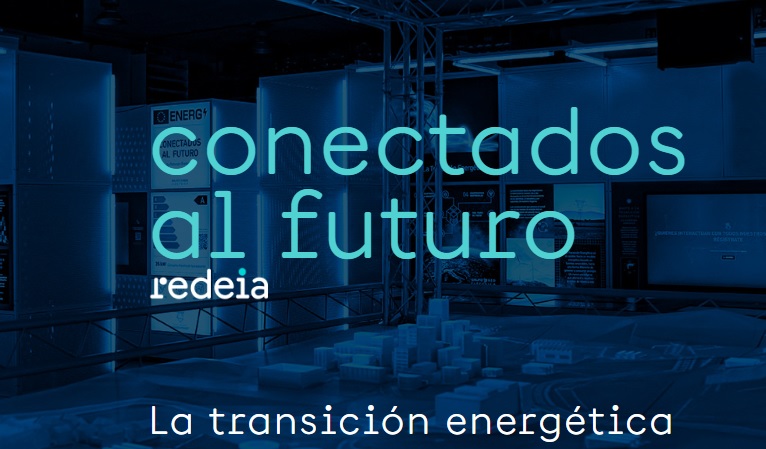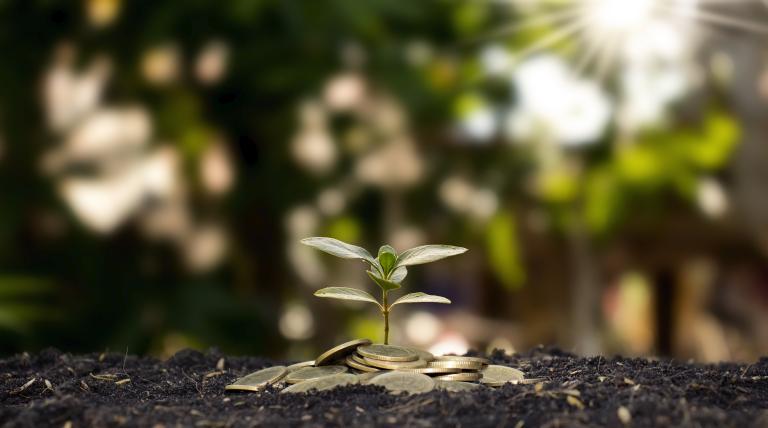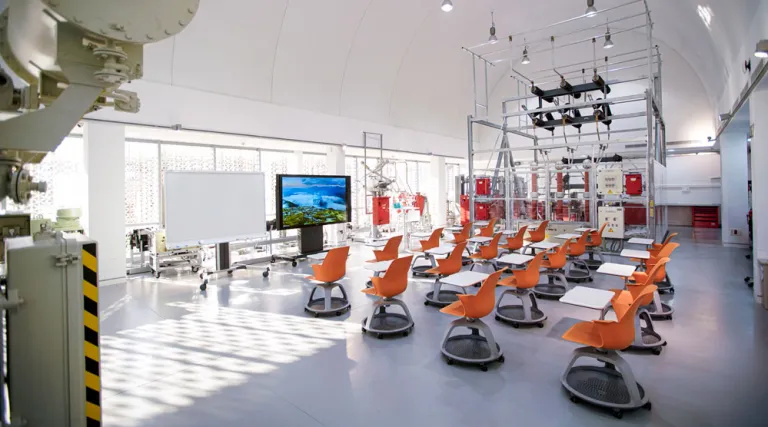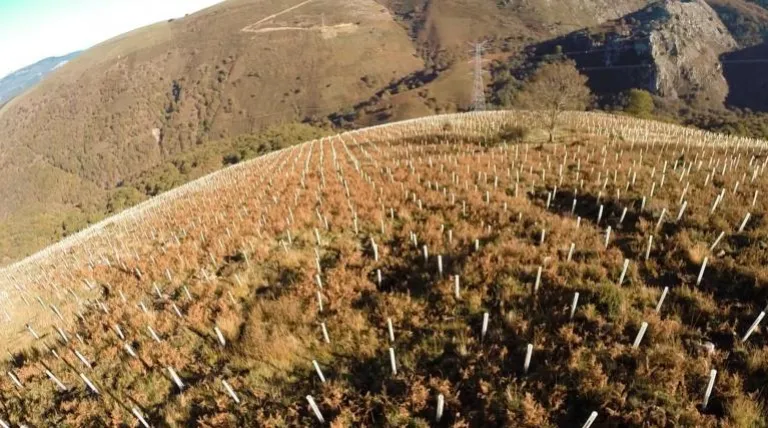We are a global operator of essential infrastructure
We strive to reduce emissions associated with our activities as part of our commitment to combating climate change.

2025
30% reduction in scope 1 + 2 emissions compared to 2019.
100% reduction in scope 1 emissions from 2024.
Suppliers representing 2/3 of supply chain emissions must have science-based targets (approved by SBTi).
2030
55% reduction in scope 1 + 2 emissions compared to 2019.
28% reduction in scope 3 emissions compared to 2019.
2050
90% reduction in scope 1 + 2 emissions compared to 2019.
90% reduction in scope 3 emissions compared to 2019.
Offsetting 10% of the remaining emissions (that cannot be reduced), up to net zero.

Our emission reduction targets for 2030 and the net-zero target for 2050 have been approved by the SBTi initiative.
We draw up our greenhouse gas emission inventory based on the GHG Protocol methodology, independently audited under ISAE 3410.
Our unique methodology calculates the carbon footprint associated with the life cycle of our assets to identify specific improvement and reduction measures.

 Report on Independent Limited Assurance of Greenhouse Gas Emission Inventory 2023 of Redeia.
Report on Independent Limited Assurance of Greenhouse Gas Emission Inventory 2023 of Redeia.  Report on Independent Limited Assurance of Greenhouse Gas Emission Inventory 2022 of Redeia.
Report on Independent Limited Assurance of Greenhouse Gas Emission Inventory 2022 of Redeia.  Report on Independent Limited Assurance of Greenhouse Gas Emission Inventory 2021 of Red Eléctrica Group.
Report on Independent Limited Assurance of Greenhouse Gas Emission Inventory 2021 of Red Eléctrica Group.  Report on Independent Limited Assurance of Greenhouse Gas Emission Inventory 2020 of Red Eléctrica Group.
Report on Independent Limited Assurance of Greenhouse Gas Emission Inventory 2020 of Red Eléctrica Group.  Report on Independent Limited Assurance of Greenhouse Gas Emission Inventory 2019 of Red Eléctrica Group.
Report on Independent Limited Assurance of Greenhouse Gas Emission Inventory 2019 of Red Eléctrica Group.  Report on Independent Limited Assurance of Greenhouse Gas Emission Inventory 2018 of Red Eléctrica de España, S.A.U.
Report on Independent Limited Assurance of Greenhouse Gas Emission Inventory 2018 of Red Eléctrica de España, S.A.U.  Inventory of CO2 of Red Eléctrica de España, S.A.U.
Inventory of CO2 of Red Eléctrica de España, S.A.U.  Verification Report on the CO2 Emission Inventory 2017 of Red Eléctrica de España, S.A.U.
Verification Report on the CO2 Emission Inventory 2017 of Red Eléctrica de España, S.A.U.  Inventory of CO2 Emissions of Red Eléctrica de España, S.A.U.: Scope and Methodology 2016.
Inventory of CO2 Emissions of Red Eléctrica de España, S.A.U.: Scope and Methodology 2016.  Verification Report on the CO2 Emission Inventory 2016 of Red Eléctrica de España, S.A.U.
Verification Report on the CO2 Emission Inventory 2016 of Red Eléctrica de España, S.A.U.  Inventory of CO2 Emissions of Red Eléctrica de España, S.A.U.: Scope and Methodology 2015.
Inventory of CO2 Emissions of Red Eléctrica de España, S.A.U.: Scope and Methodology 2015.



















